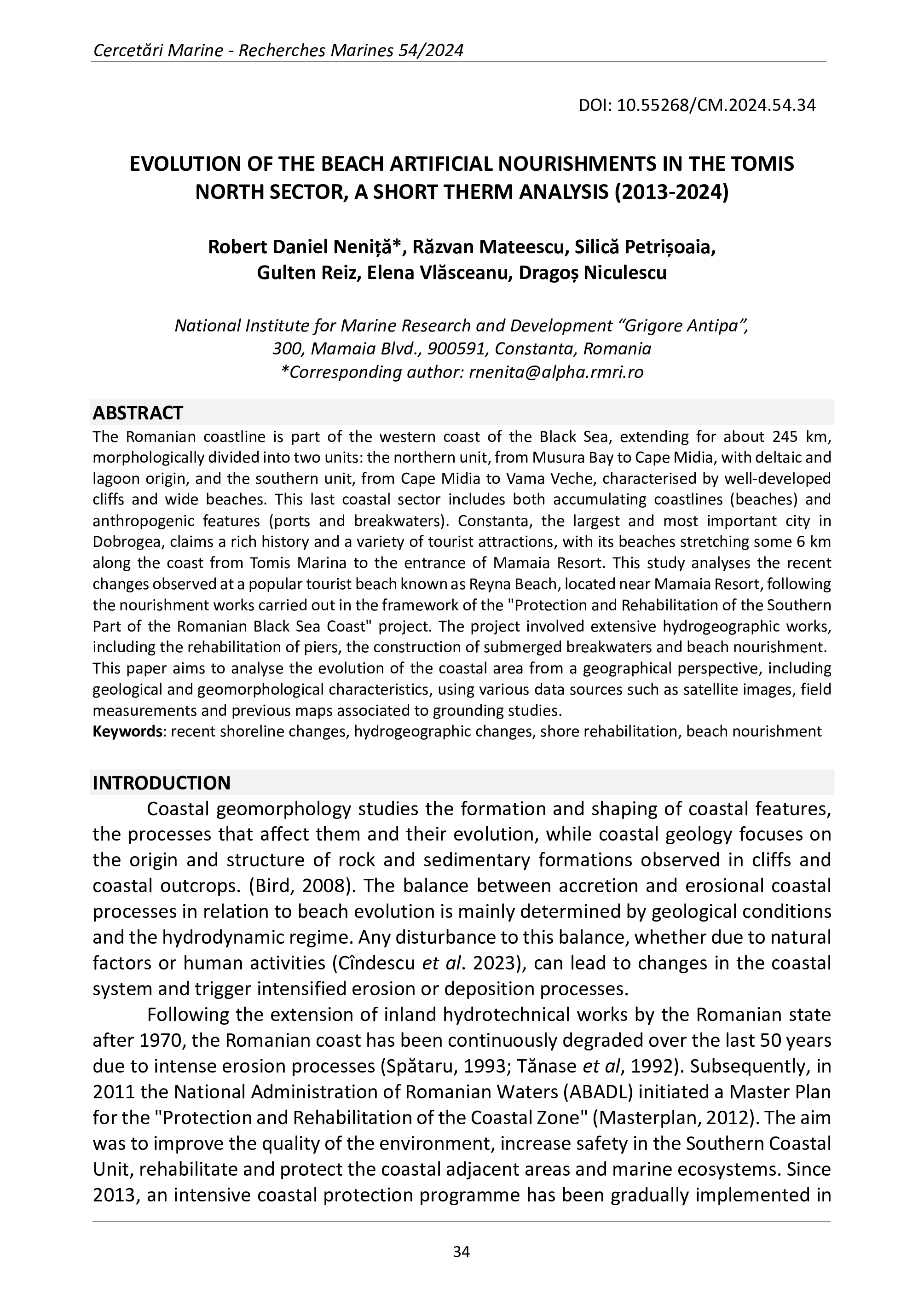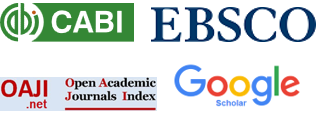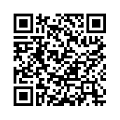Evolution of the beach artificial nourishments in the Tomis North sector, a short therm analysis (2013-2024)
DOI:
https://doi.org/10.55268/CM.2024.54.34Keywords:
recent shoreline changes, hydrogeographic changes, shore rehabilitation, beach nourishmentAbstract
The Romanian coastline is part of the western coast of the Black Sea, extending for about 245 km, morphologically divided into two units: the northern unit, from Musura Bay to Cape Midia, with deltaic and lagoon origin, and the southern unit, from Cape Midia to Vama Veche, characterised by well-developed cliffs and wide beaches. This last coastal sector includes both accumulating coastlines (beaches) and anthropogenic features (ports and breakwaters). Constanta, the largest and most important city in Dobrogea, claims a rich history and a variety of tourist attractions, with its beaches stretching some 6 km along the coast from Tomis Marina to the entrance of Mamaia Resort. This study analyses the recent changes observed at a popular tourist beach known as Reyna Beach, located near Mamaia Resort, following the nourishment works carried out in the framework of the "Protection and Rehabilitation of the Southern Part of the Romanian Black Sea Coast" project. The project involved extensive hydrogeographic works, including the rehabilitation of piers, the construction of submerged breakwaters and beach nourishment.
This paper aims to analyse the evolution of the coastal area from a geographical perspective, including geological and geomorphological characteristics, using various data sources such as satellite images, field measurements and previous maps associated to grounding studies.

Downloads
Published
How to Cite
Issue
Section
License
Copyright (c) 2024 Robert Daniel Neniță, Răzvan Mateescu, Silică Petrișoaia, Gulten Reiz, Elena Vlăsceanu, Dragoș Niculescu

This work is licensed under a Creative Commons Attribution-NonCommercial-NoDerivatives 4.0 International License.
This is an open access journal, which means that all content is freely available without charge to the user or his/her institution. Users are allowed to read, download, copy, distribute, print, search, or link to the full texts of the articles, or use them for any other lawful purpose, without asking prior permission from the publisher or the author. This is in accordance with the BOAI definition of open access.






